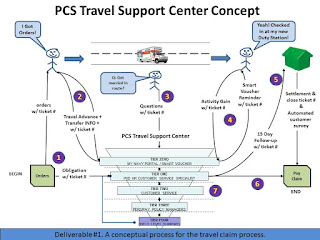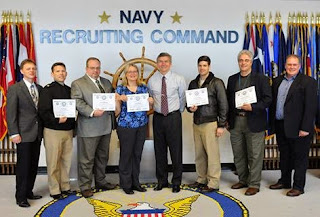DMADV for Travel Claims

The Navy's annual budget for Permanent Change of Station (PCS) moves is roughly $800 million. That sounds like a lot of money until you consider the scope and size of the effort. Between 110,000 and 160,000 PCS travel claims are processed each year. These claims include various allowances for time in training, family relocation, temporary lodging, and house hunting.
Because the Navy relies on rotational duty assignments by design and Sailors are entitled to PCS-related compensation by law, the expenses associated with PCS moves are a predictable cost of doing business.
However, the speed and accuracy of travel claim settlements has a significant impact on the operational availability of funds during the execution year. Adequate funds to safely cover all PSC-related expenses are obligated in advance of travel, and these funds must be held in abeyance until the travel claim is settled once travel is completed. Any excess obligations can then be de-obligated and used to fund
